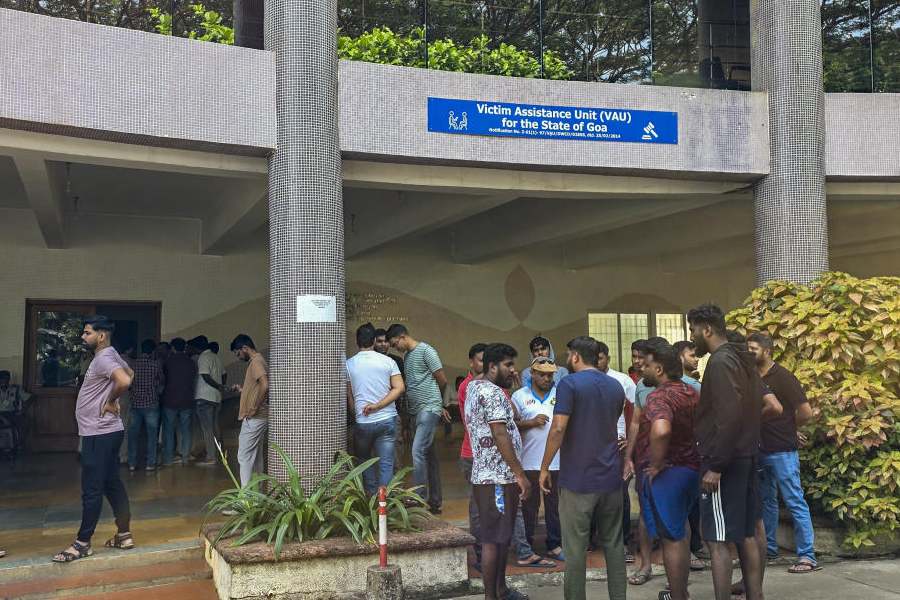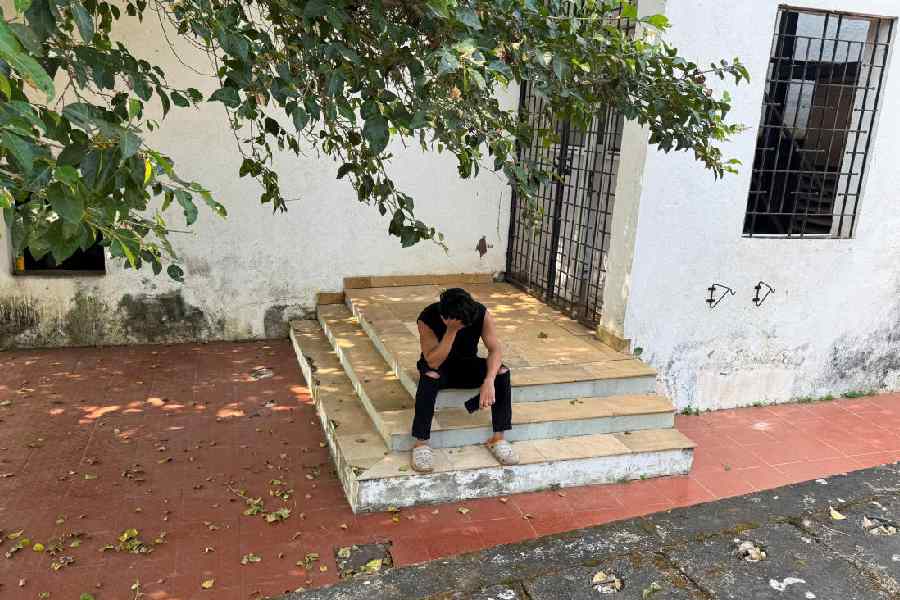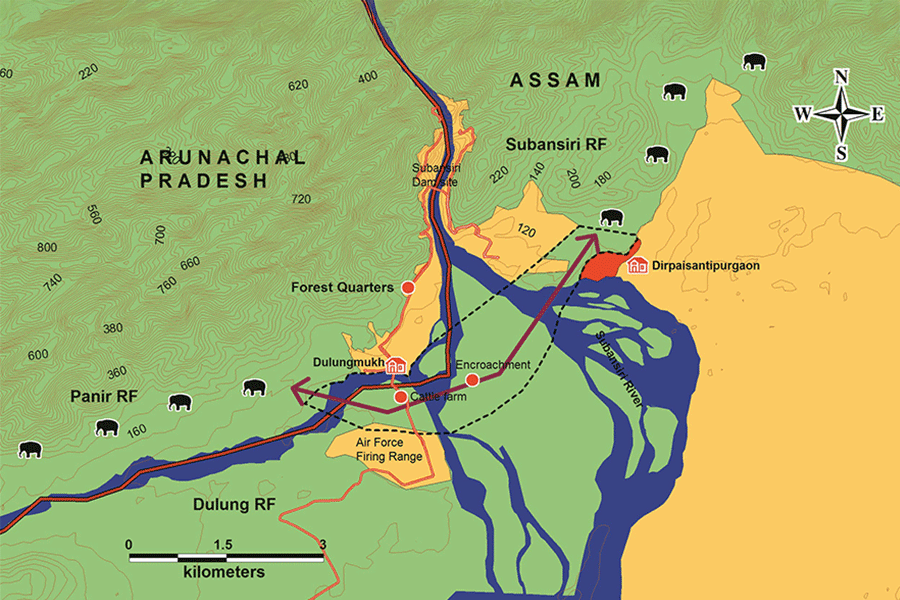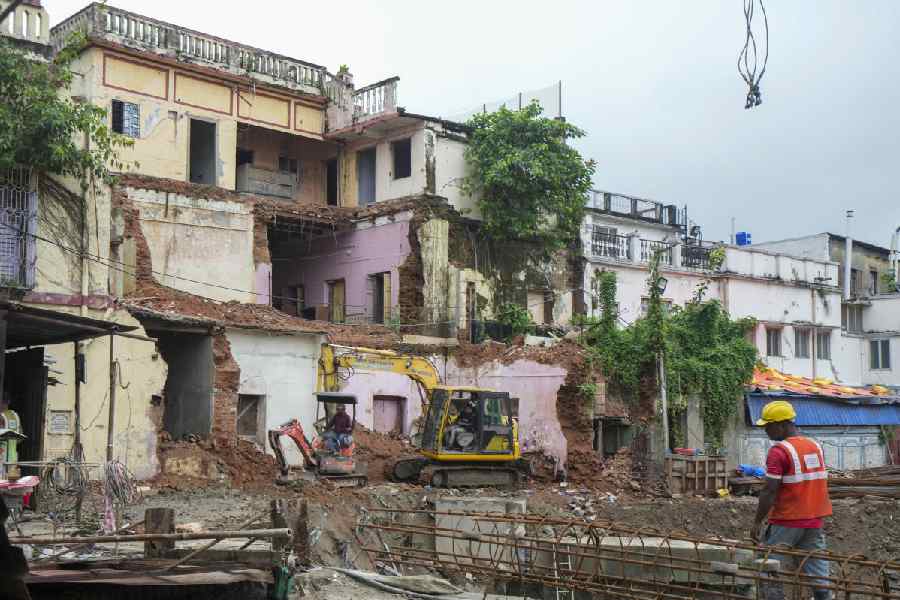The chief UN nuclear inspector has widened the divide with the Trump administration over how severely the US set back Iran’s nuclear programme, declaring that it could be enriching uranium in a “matter of months” even as President Donald Trump repeated his claim that Tehran had lost interest in the effort.
“Frankly speaking, one cannot claim that everything has disappeared and there is nothing there,” Rafael Mariano Grossi, the director general of the International Atomic Energy Agency, said in an interview with CBS News that aired on Sunday.
He said that when the US dropped 14 bunker-busting bombs on Iran’s two uranium enrichment centres, the damage was “severe” but not “total”. In previous interviews, he said he believed that all of the more than 18,000 centrifuges, buried in underground enrichment halls, had been destroyed or damaged and knocked out of operation.
But Grossi’s analysis — one that several European intelligence agencies share — is consistent with a preliminary assessment by the Defence Intelligence Agency that was widely reported on last week. That report estimated that the strike set back the Iranian nuclear programme by only a few months. The CIA director said later in the week that the Iranian programme had been severely damaged, and the US intelligence agencies were continuing to assess the strike.
The Defence Intelligence Agency report appeared to focus on the enrichment process at the sites where the GBU-57 bunker-busters, among the most powerful in the US arsenal, were used. Later analysis by outside groups suggested that the biggest loss for Iran might have been the destruction of facilities to turn that fuel into a weapon. In particular, damage to a laboratory under construction in the nuclear complex outside the ancient city of Isfahan, which is intended to convert enriched uranium into a metal, may prove a major bottleneck in Iran’s ability to convert highly enriched uranium into the metal that is needed to produce a weapon.
Rebuilding that capability, other experts have said, could take years. And much depends on whether Iran throws out IAEA inspectors — who remained in Tehran throughout the conflict with Israel earlier this month — or whether it decides to conduct its work in the open. Either way, it could be bombed again, as Trump has said in recent days he is quite willing to do.
But in an interview over the weekend, Trump repeated his insistence that Iran had given up its nuclear ambitions because the American attack had “obliterated” its facilities, a term he used just moments after the B-2 bombers had dropped their payload the prior weekend.
He has since threatened to sue CNN and The New York Times for citing the Defence Intelligence Agency report, and on Sunday, in a Fox News interview, he suggested that he would go further, using the legal system to force reporters to reveal their sources. (The justice department recently retracted rules that made the subpoena of reporters a move of last resort as it tried to track down sources of information.)
“You go up and tell the reporter, ‘National security — who gave it?’” Trump said. “You have to do that,” he concluded. “I suspect we’ll be doing things like that.”
Trump repeated statements he has made in recent weeks that he does not believe intelligence agency suspicions that the Iranians moved parts of their stockpile to new locations before the US attack.
He maintained that it was “very hard” and “very dangerous to do”. But the IAEA reported that the stockpiles of near-bomb-grade uranium it saw before the strike had been stored in containers that could fit in the back of a car, and Grossi noted that he had been told by Iranian officials that the canisters would be relocated to “protected” facilities.
Some US agencies believe it is very possible that vehicles seen outside Isfahan may have been transferring it in the days before the strike.
New York Times News Service











